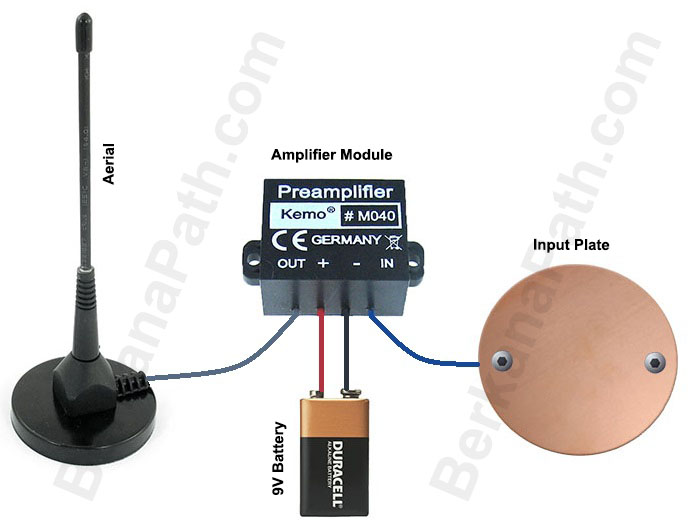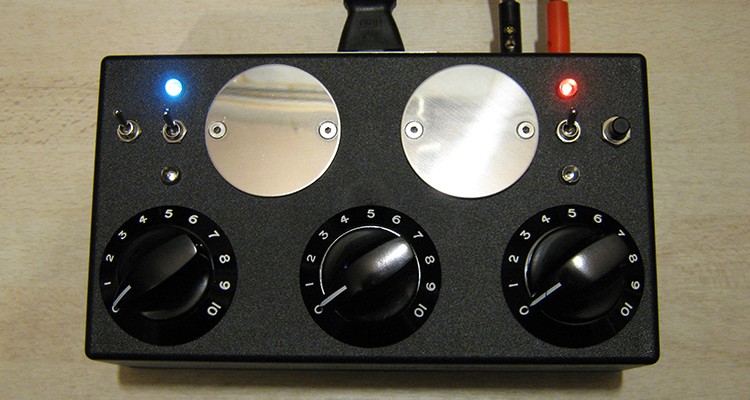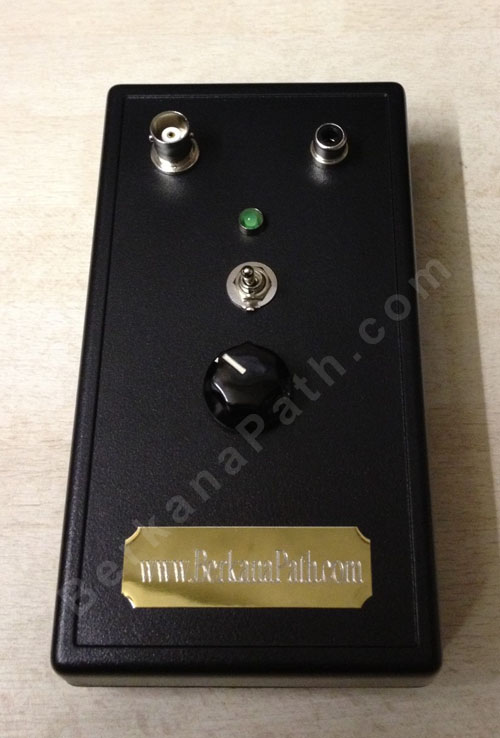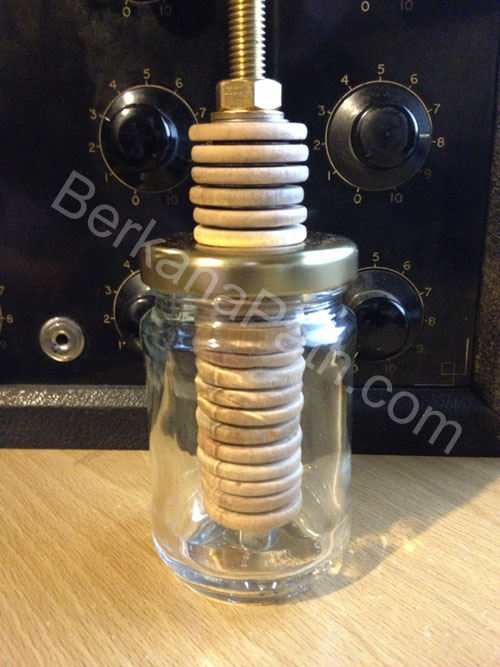Super Simple Wishing Machine
It’s been a while since I last posted any schematics, so I thought I’d put together a schematic in my new simple style. The aim of these styles is that they are straightforward to follow, and fairly easy for anyone with no electronics background to get to grips with.
This is a simple wishing machine that uses a low power pre amplifier. I intend to do another drawing with a second stage amplifier for even more aetheric juice, but for now this is keeping it simple.
The input plate is where the written intention or wish is placed – I like to use sigils. The plate can be made of anything, but copper, brass and stainless steel work best. You could use a well instead, if you are really on a tight budget and want to experiment in true psionic style you could use a bean or coffee can, etc as your well. The only limit to what you can use, is that it has to be conductive.





